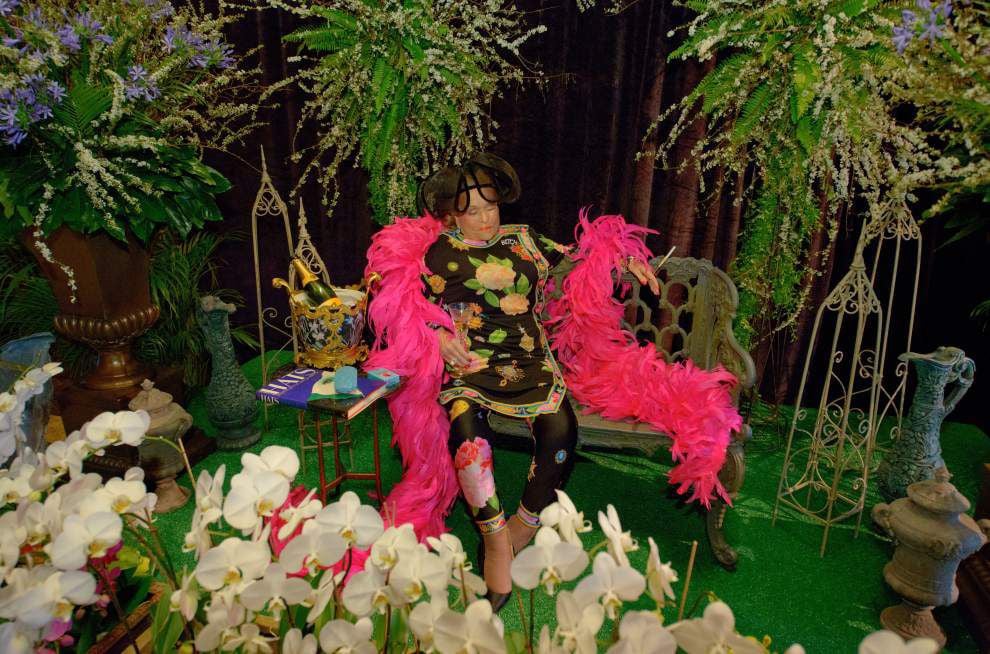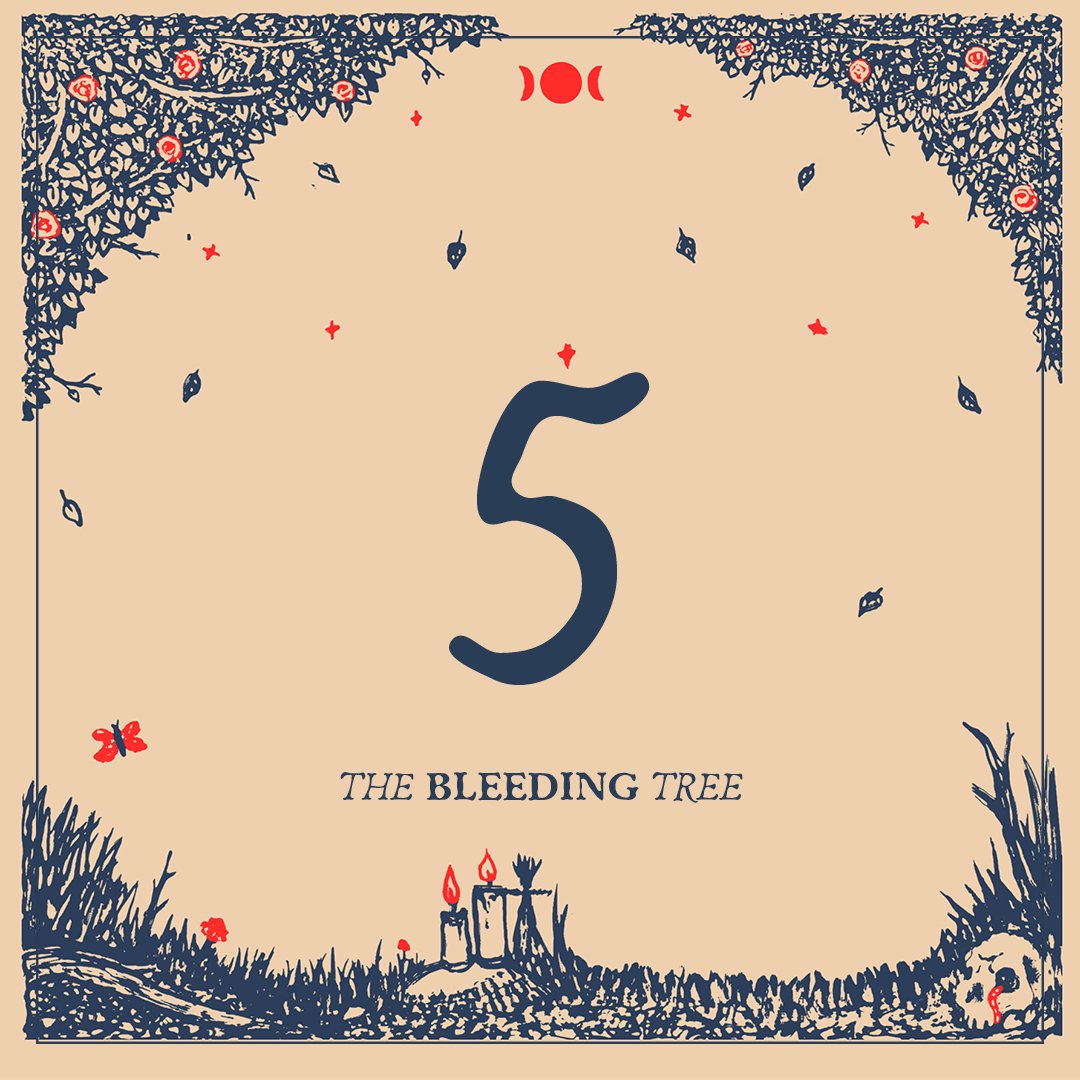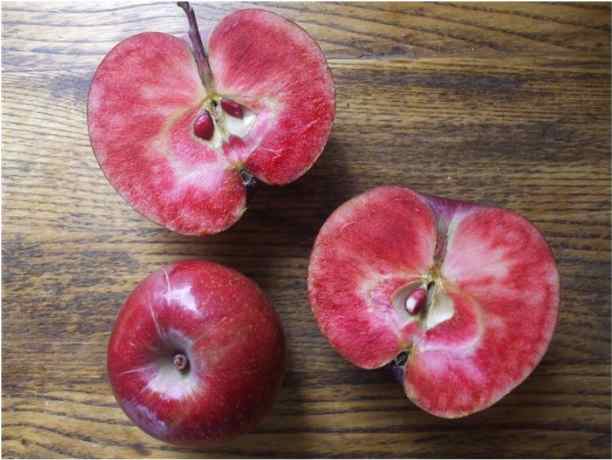BODY PRESERVATION
The matter of matter; body disposal is not the only option when there are so many preservation methods for those inclined to live fast and leave a pretty corpse.
The matter of matter; body disposal is not the only option when there are so many preservation methods for those inclined to live fast and leave a pretty corpse.

One Catholic tradition sought to preserve the physical state for as long as possible. These are the ‘incorruptibles,’ like Bernadette Soubirous, a miller’s daughter from Lourdes whose body has lain unravaged by time in a grotto since her death in 1879. 

Catholicism has a strong tradition of reliquary; many pilgrimage traditions were created around body parts and bone fragments of dead saints. 

The last word in body preservation is of course the mummy, with the Egyptian process considered the gold standard. The body is washed and removed of all its organs before natron, a dehydrating salt, is packed into the cavity and left to dry for seventy days before wrapping. 

All that remains is for the sarcophagus - from the Greek sarx (‘flesh’) and phagein (‘to eat’) - to claim it.
But don’t feel like you’ve missed the boat on an eternity in bandages. Should you wish it is still an option, thanks to nonprofit organisation Summum, which offers modern mummification for its followers. 

The first mummy to be laid to rest inside the group’s pyramid mausoleum was the founder himself, Claude Nowell, in 2008. 

What if the body will not be hidden away? While embalming is a common method to slow decomposition in cases of long term display, like Lenin and Mao Zedong, more intensive methods are used.
The details are a state secret but even with his unique chemical cocktail Lenin is said to need re-embalming every eighteen months.
With little more than a skeleton covered with skin now closer to leather, it is not clear how far these suspended heads of state can truly be said to be ‘preserved.’ 

Plus their display is pretty unimaginative, next to Mickey Easterling, a New Orleans socialite known for her extravagant parties, who didn’t want to miss out on her final one.
At her own funeral she was seated centre-stage with her signature feather boa, a cigarette in one hand and a champagne flute in the other. 

#folkhorror #folkhorrormagpie #10daysofbleedingtree #thebleedingtree #mummies #egyptian #taxidermy #gooddeath
• • •
Missing some Tweet in this thread? You can try to
force a refresh


























